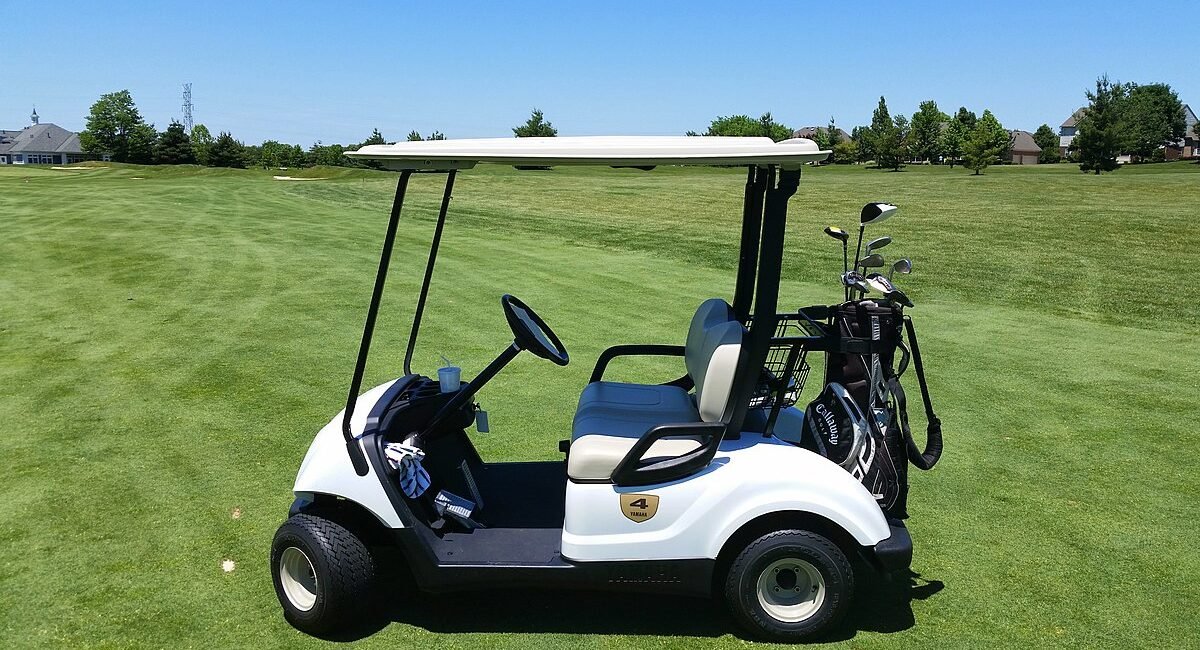
Golf carts have evolved into reliable and versatile vehicles used far beyond the golf course. They’re seen in gated communities, resorts, factories, and large campuses. But one crucial component determines how smoothly they move and how efficiently they perform — the Golf Cart Gears.
Often overlooked, gears are the mechanical link between your motor and the wheels, ensuring power is transferred efficiently. Understanding how they work, what types exist, and how to maintain them can significantly enhance your cart’s lifespan and ride quality.
1. What Are Golf Cart Gears?
Golf Cart Gears are the components responsible for transmitting power from the motor to the wheels. In simple terms, they control how your golf cart accelerates, handles inclines, and maintains speed.
There are generally two types of gear systems in golf carts:
Forward and Reverse Gears: Allow the cart to move in either direction.
Differential Gears: Help distribute power evenly between the rear wheels, especially during turns.
The efficiency of these gears determines the cart’s speed, torque, and overall performance.
2. How Golf Cart Gears Work
In both electric and gas-powered carts, gears serve as intermediaries between the motor and the drivetrain. When you press the accelerator, the motor produces torque, which the Golf Cart Gears convert into motion at the wheels.
The gear ratio plays a crucial role in determining how fast or powerful the cart feels:
Higher gear ratio (e.g., 12:1): Offers more torque and better climbing power but lower top speed.
Lower gear ratio (e.g., 8:1): Increases speed but reduces torque, making it better for flat terrains.
Choosing the right gear setup depends on your typical use — whether you prioritize power or speed.
3. Common Gear Ratios and What They Mean
Golf carts usually come with gear ratios suited to general use. However, performance enthusiasts often customize them.
12:1 Ratio: Ideal for off-road carts or those carrying heavy loads.
10:1 Ratio: Balanced option for moderate power and speed.
8:1 Ratio: Perfect for speed-focused users on smooth surfaces.
Upgrading Golf Cart Gears can enhance your cart’s efficiency or tailor its performance for specific needs.
4. Signs Your Golf Cart Gears Need Attention
Just like any mechanical system, gears wear down over time. Here are key warning signs to watch for:
Unusual grinding or whining noises.
Difficulty switching between forward and reverse.
Sudden jerks or sluggish acceleration.
Leaking gear oil.
Ignoring these symptoms can lead to costly repairs or even complete drivetrain failure.
5. Maintenance Tips for Golf Cart Gears
Proper maintenance ensures longer gear life and smoother rides.
Best Practices:
Check gear oil levels regularly.
Change oil every 1,000–1,500 miles or annually.
Inspect seals for leaks.
Clean the differential housing to prevent dirt buildup.
Avoid overloading your cart, which stresses gears and bearings.
Routine maintenance helps avoid premature wear and ensures optimal power delivery.
6. Upgrading Your Golf Cart Gears
Performance upgrades are popular among golf cart enthusiasts. Installing high-performance Golf Cart Gears can transform your vehicle’s behavior.
Upgrade benefits include:
Increased torque for hills and rough terrain.
Higher top speed for street-legal carts.
Improved efficiency and quieter operation.
However, gear upgrades must match the motor and tire setup to maintain balance and prevent drivetrain strain.
7. Lubrication and Gear Oil Importance
Lubrication is the lifeblood of any gear system. Using the correct grade of oil reduces friction, prevents overheating, and protects components.
Tips:
Use manufacturer-recommended gear oil.
Avoid mixing different oil types.
Keep an eye out for metal shavings in old oil — a sign of wear.
Consistent lubrication is essential to extending the life of your Golf Cart Gears.
8. DIY vs. Professional Gear Maintenance
While minor inspections can be done at home, significant gear servicing should be handled by professionals. Misalignment, poor sealing, or incorrect oil levels can cause damage if handled improperly.
DIY tasks: Checking oil, cleaning, and basic inspections.
Professional tasks: Gear replacements, bearing installations, and differential rebuilds.
9. Common Gear Problems and Fixes
Grinding Noise: Likely worn teeth — replace damaged gears.
Slipping Gears: Caused by insufficient lubrication.
Overheating: Check oil type and quantity.
Oil Leaks: Replace seals and gaskets promptly.
Prompt repairs prevent costly replacements and ensure smooth driving.
10. Final Thoughts
Your golf cart’s gears are more than mechanical parts — they’re the backbone of performance. With regular maintenance, quality oil, and proper care, Golf Cart Gears can provide years of smooth operation. Whether you’re upgrading for speed or reliability, understanding your gear system gives you full control over your vehicle’s potential.

